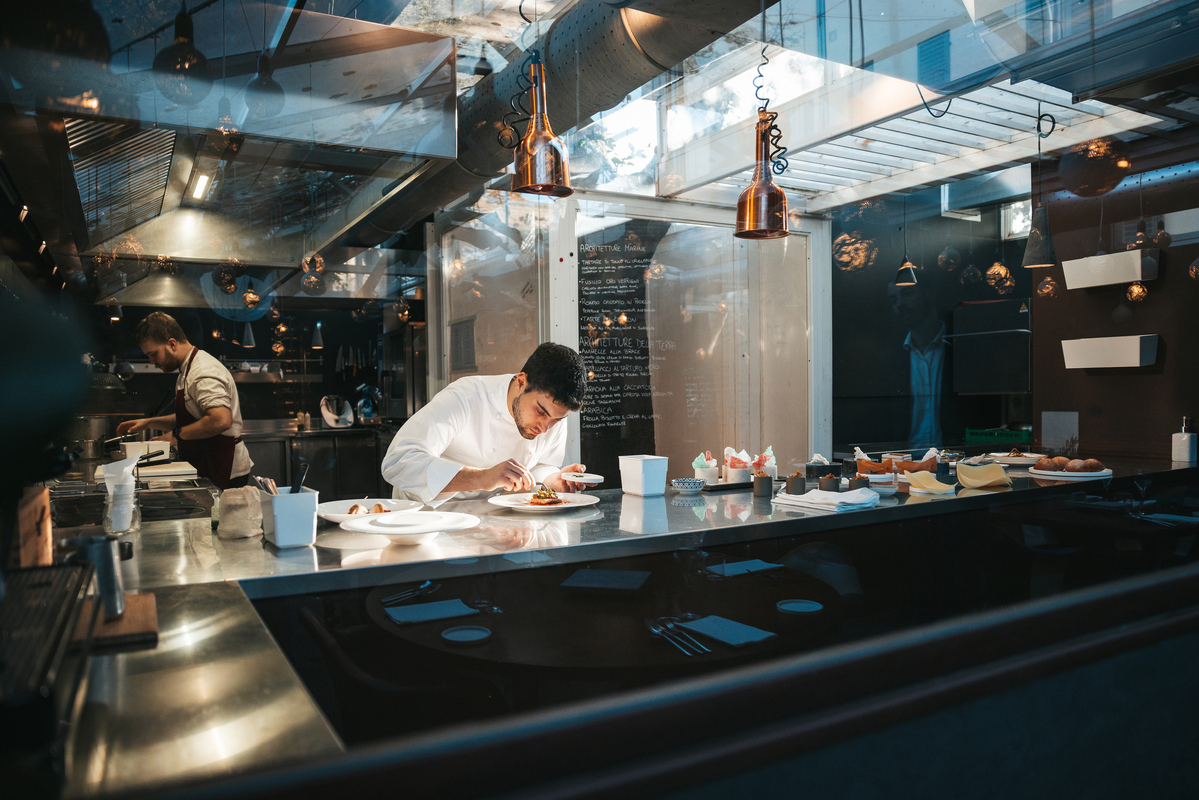Procurement tactics that delight customers and control costs
Sponsored by Amazon BusinessBetter spend visibility is helping food and drink businesses in the UK hospitality sector cope with the twin pressures of rising customer expectations and challenging economic conditions

Restaurants, bars, food outlets and takeaways face a fiercely competitive landscape to attract customers, with both businesses and consumers cutting back on discretionary spend in recent months.
The challenge for firms in this part of the hospitality sector is to provide food and drink experiences that will delight customers, and encourage them to tell others about the experience. This includes everything, from the food and drink itself, to the wider ambiance and customer service levels needed to meet – and hopefully exceed – expectations. Those operating in the delivery space must ensure items are delivered in an acceptable timeframe, and that they are up to the standard expected.
But organisations in the UK hospitality sector face their own challenges and cost pressures. Energy and food costs are rising again after a period of relative calm. The business rate discounts available to firms in this sector have fallen from 75 per cent to 40 per cent, while the increase in employer National Insurance Contributions from April 2025 – and the reduction in the threshold at which employers must pay this – has hit the hospitality industry particularly hard.
For those working in procurement teams for organisations in this sector, the challenge is to ensure costs are controlled as much as possible, without risking the overall customer experience. This means ensuring the right products are purchased at the right time, and, crucially, at the right price.
For many organisations in this sector, however, the issue is compounded by a lack of reliable information on what they are spending, particularly in categories that traditionally have not been actively managed, such as furniture, IT, cleaning products, crockery or stationery. Many businesses still rely on outdated manual or semi-automated systems, and in some cases on staff taking cash from the till and going to a local shop for items.
Without knowing how much is being spent and with which suppliers, it becomes almost impossible for procurement teams to identify where potential savings could be made. It also makes it much more difficult to predict demand, making it more likely that outlets will run out of vital equipment, which has significant potential to impact on guest experience and consumer reviews.
Modern procurement platforms such as Amazon Business are transforming how hospitality businesses track and manage their spend, providing comprehensive analytics tools which can offer instant insights into expenditure across different locations and suppliers.
With more detail on what they are spending and from where, organisations can ensure they are buying items in the most efficient way, from suppliers that meet their wider criteria on issues such as corporate responsibility.
Smart procurement systems which use artificial intelligence (AI) are helping them do this. AI is helping to deliver internal efficiency through the use of AI-powered chatbots. These are being used as autonomous procurement assistants, assessing the needs of people within hospitality businesses and providing targeted buying guidance to procurement teams. This is helping procurement professionals arrive at decisions quicker and reducing the time it takes for items to be ordered and delivered.
This isn’t the only way in which it’s helping procurement teams. According to Amazon Business’s State of Procurement Report, 42 per cent of procurement organisations are already using AI to optimise purchasing decisions, and 38 per cent plan to make further investments in AI-driven demand forecasting and spend analysis.
AI-powered reporting and forecasting capabilities are also proving effective in inventory management and predicting future needs. By analysing previous buying habits, platforms can identify what is likely to be required and when, helping to prevent stockouts while avoiding over-ordering. This can help from both a cash flow and storage perspective, and is helping transform procurement from a reactive process into a strategic function that drives business efficiency and cost control.
Technology business Deliveroo turned to Amazon Business to help its network of restaurants and takeaway food companies take control over their spending. Using the platform, merchants can get next-day delivery on a wide range of competitively priced products, with all purchases consolidated into one monthly invoice.
This also allows for robust reporting, so merchants can see exactly what they are spending on which categories, allowing them to drill deeper into these to see if further efficiencies can be introduced that would reduce or even eliminate spend.
“Through the associated accounts programme offered by Amazon Business and Deliveroo, we’re helping our partners grow on our platform,” says Feras Abdul-Samad, head of supplier management and strategic B2B partnerships at Deliveroo.
“We’re operating in a really tough environment at the moment and offering them access to these benefits and Deliveroo’s purchasing power really resonates with our partners.”
To find out more about how Amazon Business could help your hospitality business, visit business.amazon.co.uk/

Business Reporter Team
You may also like
Most Viewed
Winston House, 3rd Floor, Units 306-309, 2-4 Dollis Park, London, N3 1HF
23-29 Hendon Lane, London, N3 1RT
020 8349 4363
© 2025, Lyonsdown Limited. Business Reporter® is a registered trademark of Lyonsdown Ltd. VAT registration number: 830519543



